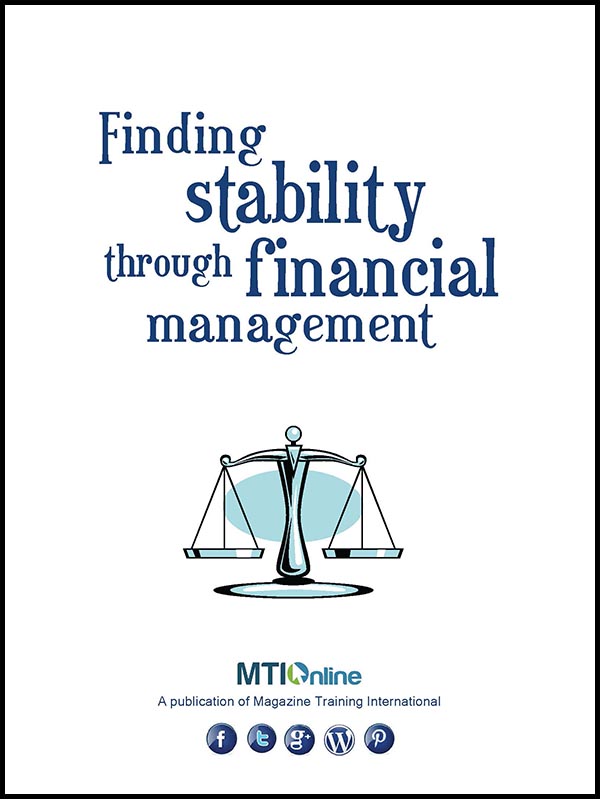China's Fentanyl Trade: A Price To Pay? Former US Envoy Weighs In

Table of Contents
The Scale of the Problem: Understanding the Fentanyl Pipeline from China
The sheer volume of fentanyl entering the US from China is staggering, making it a primary driver of the opioid epidemic. This crisis isn't just about the finished product; it starts with the chemical precursors.
The Chemical Precursors: Fueling the Fentanyl Factories
China's role in supplying the chemical precursors used to manufacture fentanyl and its analogs is a critical link in this deadly chain. These precursors, often easily obtained despite regulations, are shipped to clandestine labs, primarily in Mexico, where they are synthesized into the potent opioid.
- Types of Precursors: Key precursors include aniline, piperidine, and N-phenethylpiperidine, among others. These are readily available chemicals that can be easily diverted for illicit purposes.
- Lax Regulatory Control: While China has implemented some regulations, loopholes and insufficient enforcement allow significant quantities of these precursors to slip through the cracks and into the hands of criminal organizations.
- Seizures and Estimates: While law enforcement agencies regularly seize large quantities of precursor chemicals, the amounts confiscated only represent a fraction of the total volume estimated to reach clandestine laboratories. Precise figures are difficult to obtain due to the clandestine nature of the operation. The sheer volume of precursor chemicals seized globally underlines the scale of the problem.
- Untraceable Supply Chains: Tracing these precursors through complex, often multi-national, supply chains is a major challenge for investigators. The involvement of numerous intermediaries obscures the origin and destination of these dangerous materials.
Smuggling Routes and Tactics: A Sophisticated Criminal Enterprise
The smuggling of fentanyl and its precursors from China to the US is carried out by sophisticated criminal networks employing various methods.
- Maritime Smuggling: Shipping containers and cargo vessels are frequently used to transport large quantities of precursors and, sometimes, finished fentanyl products.
- Air Cargo and Postal Services: Smaller shipments are often concealed within legitimate cargo or disguised in postal packages, making detection more challenging.
- Sophisticated Operations: These smuggling operations involve complex logistical networks, often leveraging the anonymity offered by the dark web and encrypted communication channels.
- International Criminal Organizations: Organized crime groups play a significant role, facilitating the movement of chemicals and the finished product across borders. The use of sophisticated techniques, such as using legitimate businesses as fronts, further complicates detection and prosecution.
The Former US Envoy's Perspective: Insights and Recommendations
A former US envoy, deeply involved in addressing the opioid crisis, offers crucial insights into the failures of past policies and the path forward.
Policy Failures and Gaps: A Critical Assessment
The envoy highlighted several critical weaknesses in previous US strategies to combat China's fentanyl trade.
- Insufficient Pressure on China: The envoy criticizes the lack of sufficient pressure exerted on China to crack down on the production and export of fentanyl precursors.
- Limited Intelligence Sharing: The need for enhanced intelligence sharing between the US and China is emphasized, to effectively track the flow of these dangerous chemicals.
- Weak International Cooperation: The envoy highlights the lack of robust international cooperation as a significant obstacle. Many countries lack the resources or political will to effectively combat this transnational crime.
The Need for International Collaboration: A Joint Approach
The envoy strongly advocates for increased collaboration between the US, China, and other nations to effectively combat the fentanyl trade.
- Information Sharing: Real-time information sharing about smuggling routes, criminal networks, and chemical precursors is paramount.
- Joint Investigations: Collaborative investigations, involving law enforcement agencies from multiple countries, are crucial for disrupting criminal organizations.
- Capacity Building: Supporting capacity building initiatives in countries vulnerable to fentanyl trafficking can strengthen their ability to detect and disrupt smuggling operations.
- Diplomatic Challenges: The envoy acknowledges the significant diplomatic and political challenges involved in securing cooperation from China and other nations. Building trust and fostering mutual understanding are critical steps.
The Human Cost: The Impact of China's Fentanyl Trade on US Communities
The human cost of China's fentanyl trade is devastating, impacting countless families and communities across the United States.
Overdose Deaths and Addiction Rates: A Public Health Catastrophe
The influx of fentanyl from China has driven a dramatic increase in overdose deaths and addiction rates across the US.
- Overdose Statistics: Fentanyl is now the leading cause of overdose deaths in the US, far surpassing other opioids. The number of overdose deaths related to fentanyl continues to rise alarmingly.
- Healthcare Strain: The opioid crisis places an enormous strain on healthcare systems, requiring increased resources for treatment, emergency response, and rehabilitation.
- Social and Economic Costs: The social and economic consequences of fentanyl addiction are wide-ranging, including lost productivity, increased healthcare costs, and the burden on families and communities.
Law Enforcement Challenges: A Difficult Battle
Law enforcement agencies face enormous challenges in combating the fentanyl trade.
- Detection Difficulties: The clandestine nature of the trade and the sophisticated smuggling methods make detection and interception extremely difficult.
- Prosecution Challenges: Identifying and prosecuting those involved in the complex international supply chain requires extensive investigation and international cooperation.
- Resource Needs: Law enforcement agencies require increased resources, including advanced technology and specialized training, to effectively combat the fentanyl trade.
Conclusion
China's fentanyl trade represents a profound threat to global health and security. The scale of the problem, the sophisticated smuggling operations, and the devastating human cost demand an urgent and comprehensive response. The insights from the former US envoy underscore the critical need for increased international collaboration, stronger policies, and enhanced law enforcement efforts. Addressing China's fentanyl trade requires a multi-pronged approach, including pressure on China to strengthen its regulatory controls, improved intelligence sharing, and joint operations to dismantle criminal networks. We cannot afford inaction. Learn more about the devastating impact of China's fentanyl trade and contact your representatives to advocate for stronger policies and increased international collaboration to stop the flow of this deadly drug. Take action today to help end the devastating consequences of China's fentanyl trade.

Featured Posts
-
 Analyzing The Los Angeles Dodgers Offseason Performance
May 15, 2025
Analyzing The Los Angeles Dodgers Offseason Performance
May 15, 2025 -
 Finding Stability Microsofts Position In The Volatile Software Market
May 15, 2025
Finding Stability Microsofts Position In The Volatile Software Market
May 15, 2025 -
 Andor Creator Star Wars Show Is The Most Important Thing I Ll Ever Do
May 15, 2025
Andor Creator Star Wars Show Is The Most Important Thing I Ll Ever Do
May 15, 2025 -
 Watch Celtics Vs Magic Nba Playoffs Game 1 Live Stream Options And Tv Schedule
May 15, 2025
Watch Celtics Vs Magic Nba Playoffs Game 1 Live Stream Options And Tv Schedule
May 15, 2025 -
 Predicting The Giants Vs Padres Game Will The Padres Win Or Lose By One
May 15, 2025
Predicting The Giants Vs Padres Game Will The Padres Win Or Lose By One
May 15, 2025
